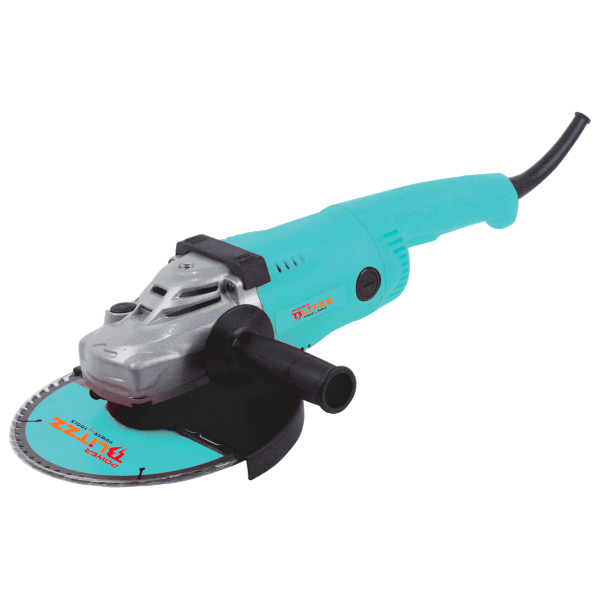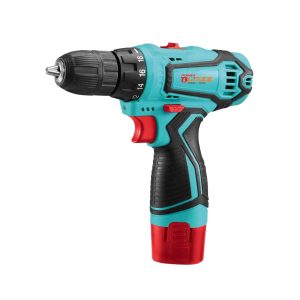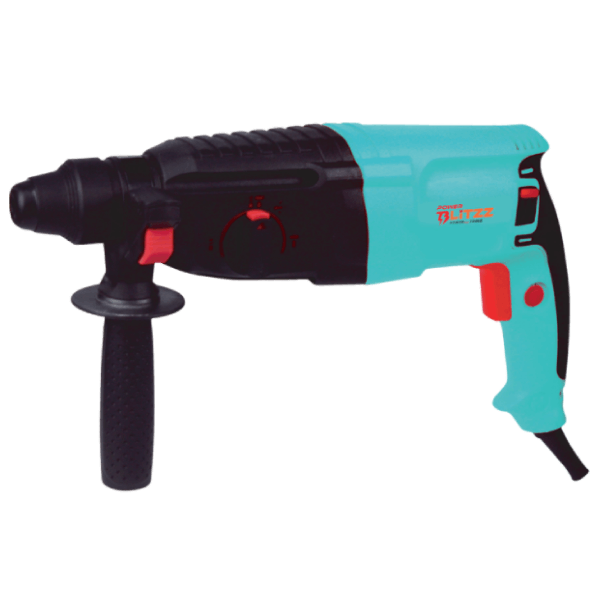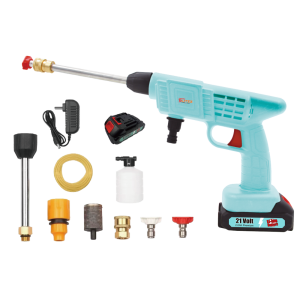
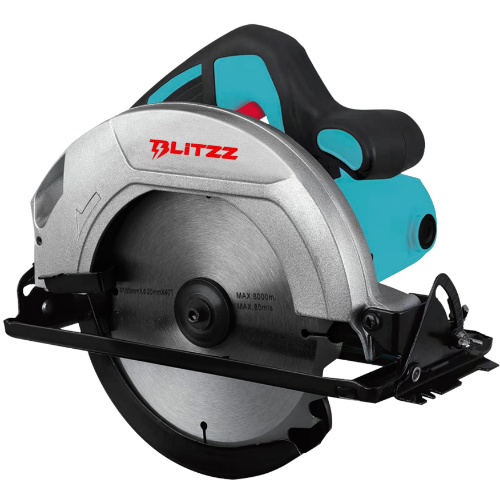
Choosing the Right Cut-Off Machine for High-Volume Production
In manufacturing operations, efficiency and productivity are important. Whether cutting metal rods, pipes, bars, or other materials, having the right cut-off machine can significantly impact high-volume production environments.
But with so many options available, how do you select the cut-off machine best suited for your needs? This decision impacts your output, product quality, operator safety, and bottom line.
By considering several key factors upfront, you can invest in the perfect cut-off machine to power through large cutting jobs with precision and reliability.
Factors to Consider for High-Volume Needs
The first consideration is your actual production volume and cutting capacity requirements. How many pieces or lengths need to be cut per hour, shift, or day? Understanding these numbers helps identify machines rated for similar volumes.
You’ll also want a cut-off machine compatible with the size and dimensions of your workpieces. Whether cutting small-diameter rods or large structural beams impacts the maximum material size the machine can handle.
Know the types of materials you’ll be cutting, aluminum, mild steel, stainless steel, plastics, etc. Different materials have varying hardness and behavior during cutting.
Power and Performance
Once you’ve outlined your workpiece’s scope, evaluate the power and performance specs. Higher volume cutting demands powerful motors and strong blade/cutter designs to maintain efficiency.
Check the machine’s rated capacities for different material thicknesses and hardness. The cutting speed, or surface feet per minute, is also critical, as is the compatible blade size/type.
For continuous high-volume operation, energy efficiency can reduce operating costs and environmental impact. Hydraulic and electric cut-off machines offer higher efficiency than mechanical models.
Durability and Ruggedness
With heavy, non-stop usage, your cut-off machine needs to be a rugged, hard-wearing workhorse. Look for solid cast constructions, reinforced frames, and durable blade cases/guards.
Built-in safety features like enclosed cutting areas, auto-stop switches, and blade brake mechanisms protect operators. Minimal maintenance requirements and easy service access are also beneficial.
Automated vs. Manual Operation
Automated cut-off machines utilize advanced features ideal for maximum volume output. Capabilities like automated feeding systems, programmable cut lengths/patterns, and bundle-cutting modes minimize downtime.
For lower volumes or custom/varied cuts, manual semi-automatic machines allow precise control. But for pure cutting output, automation is best.
Space and Facility Requirements
Remember the machine’s physical dimensions and installation requirements. Having sufficient floor space, power access, and ceiling heights are crucial.
Cut-off machines also generate dust/chips, so integrated collection systems or external dust extractors are necessary. The specification of 220/240V~50/60Hz voltage/frequency must match your facility’s supply.
Conclusion
While investing in a high-volume cut-off machine is a significant commitment, the right choice quickly pays dividends through increased productivity, output quality, and operational cost savings.
Look beyond just the initial purchase price and consider the machine’s long-term value based on your facility’s power needs, workpieces, workflow, and cutting volumes. With this detailed evaluation, you’ll arrive at the perfect cut-off machine built to power through whatever high-volume jobs come its way.

Copyright © 2024 – Power Blitzz– All rights reserved.

